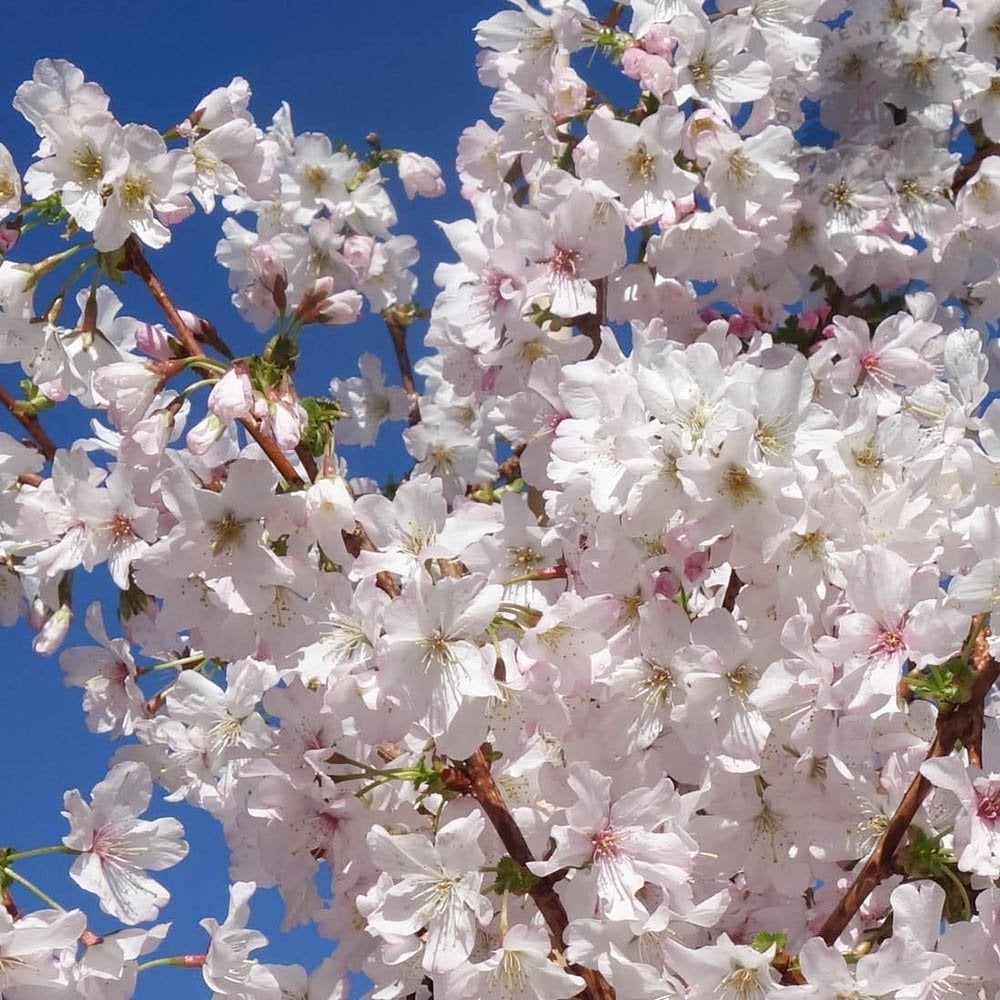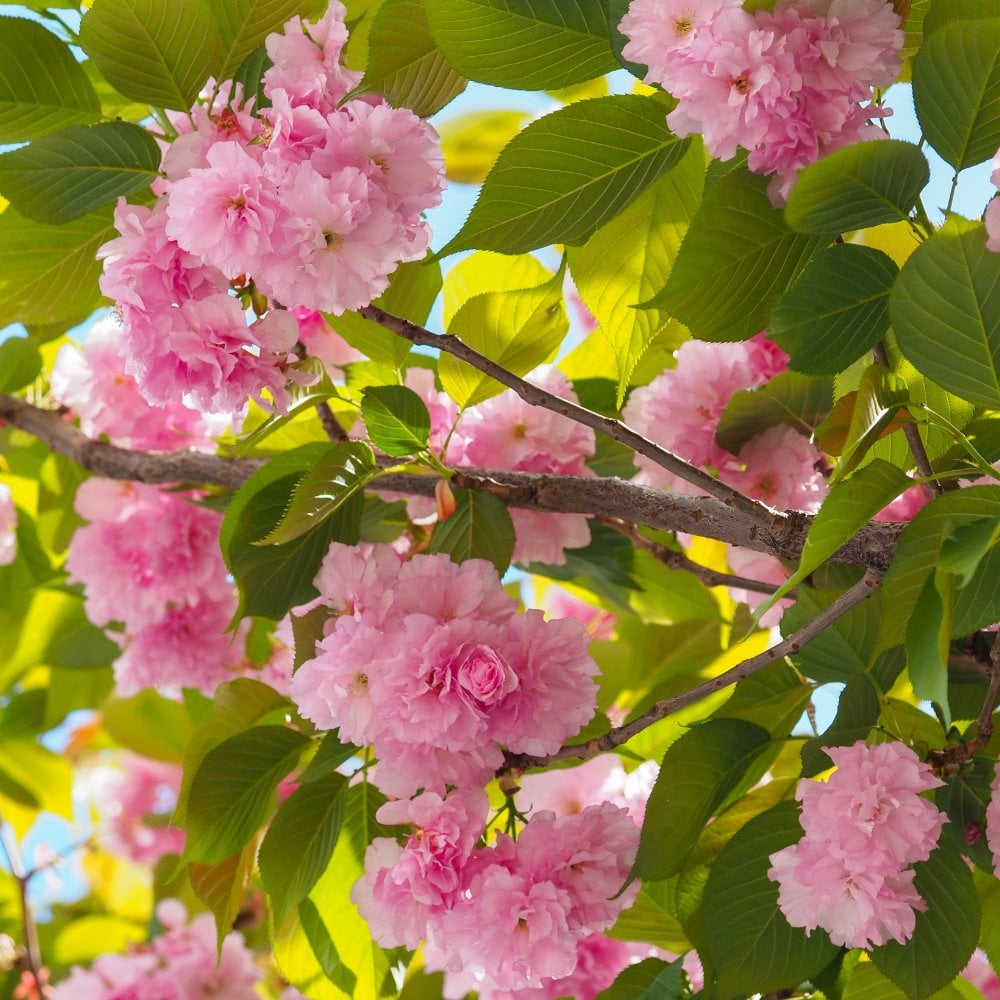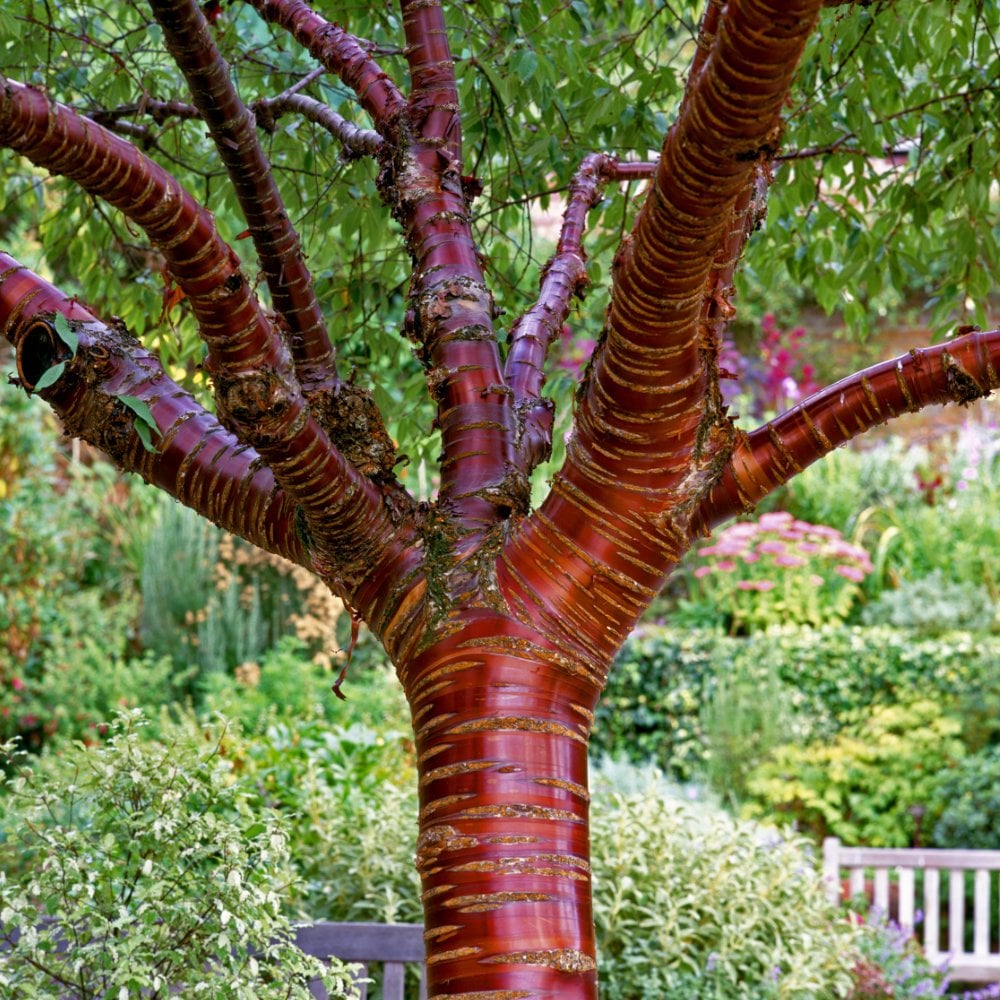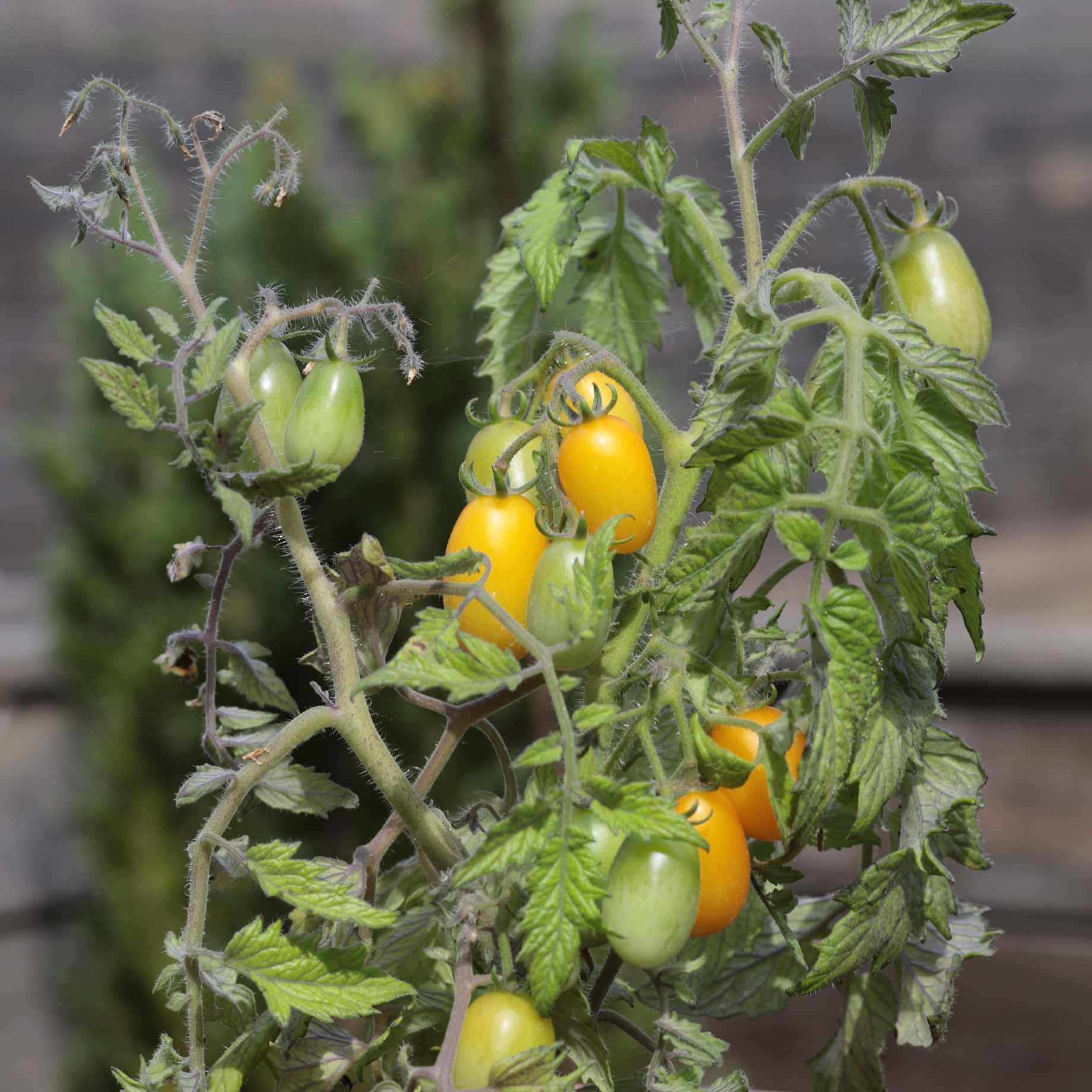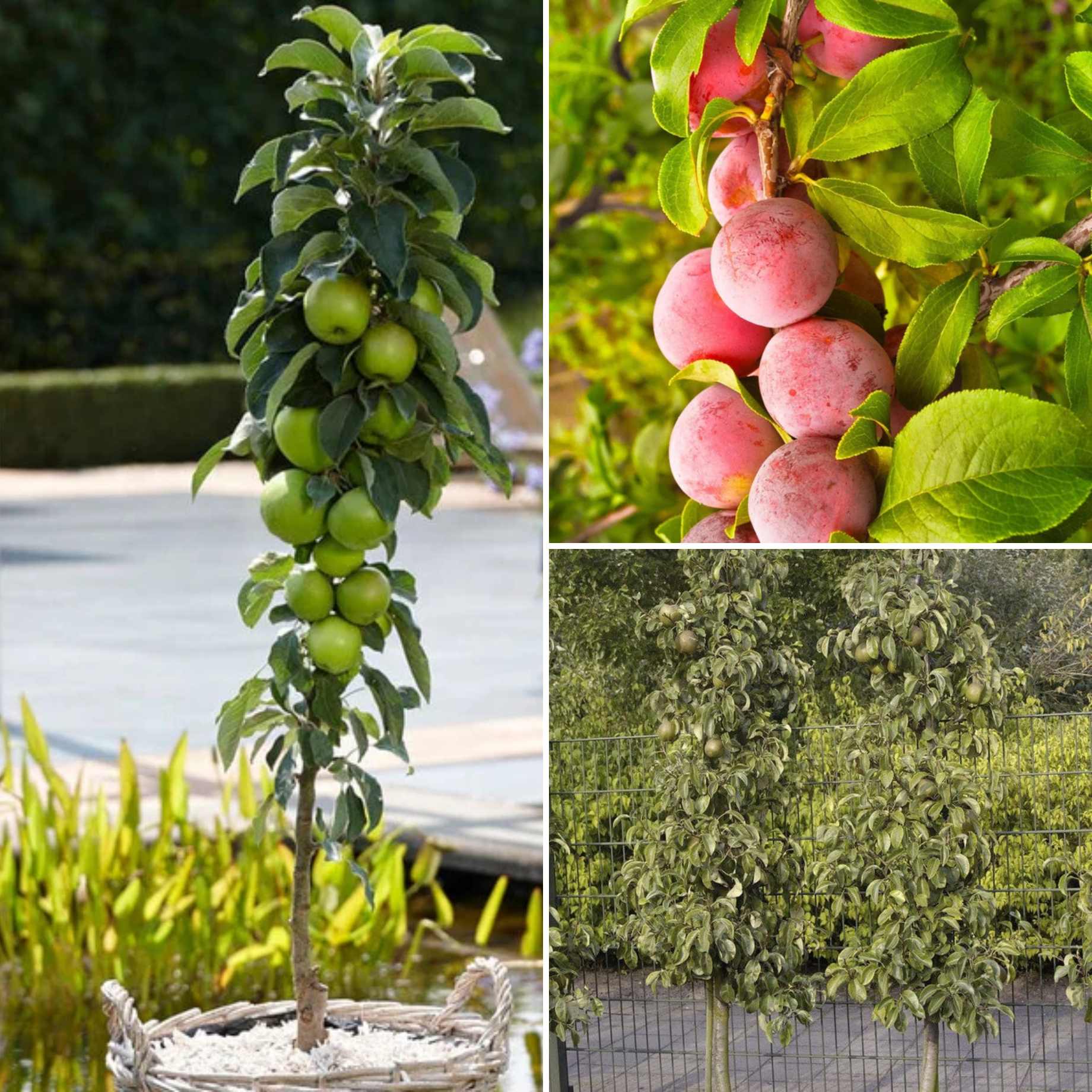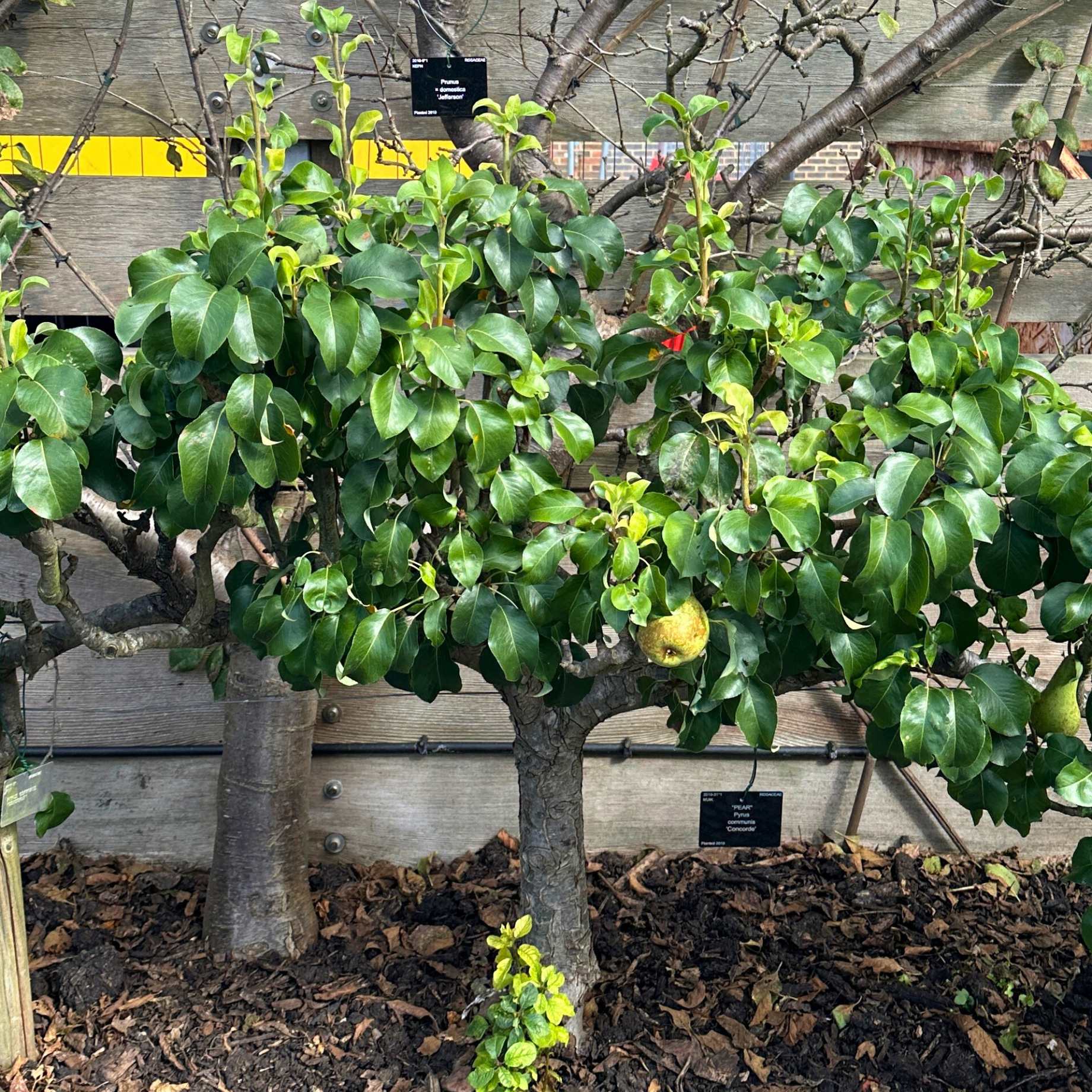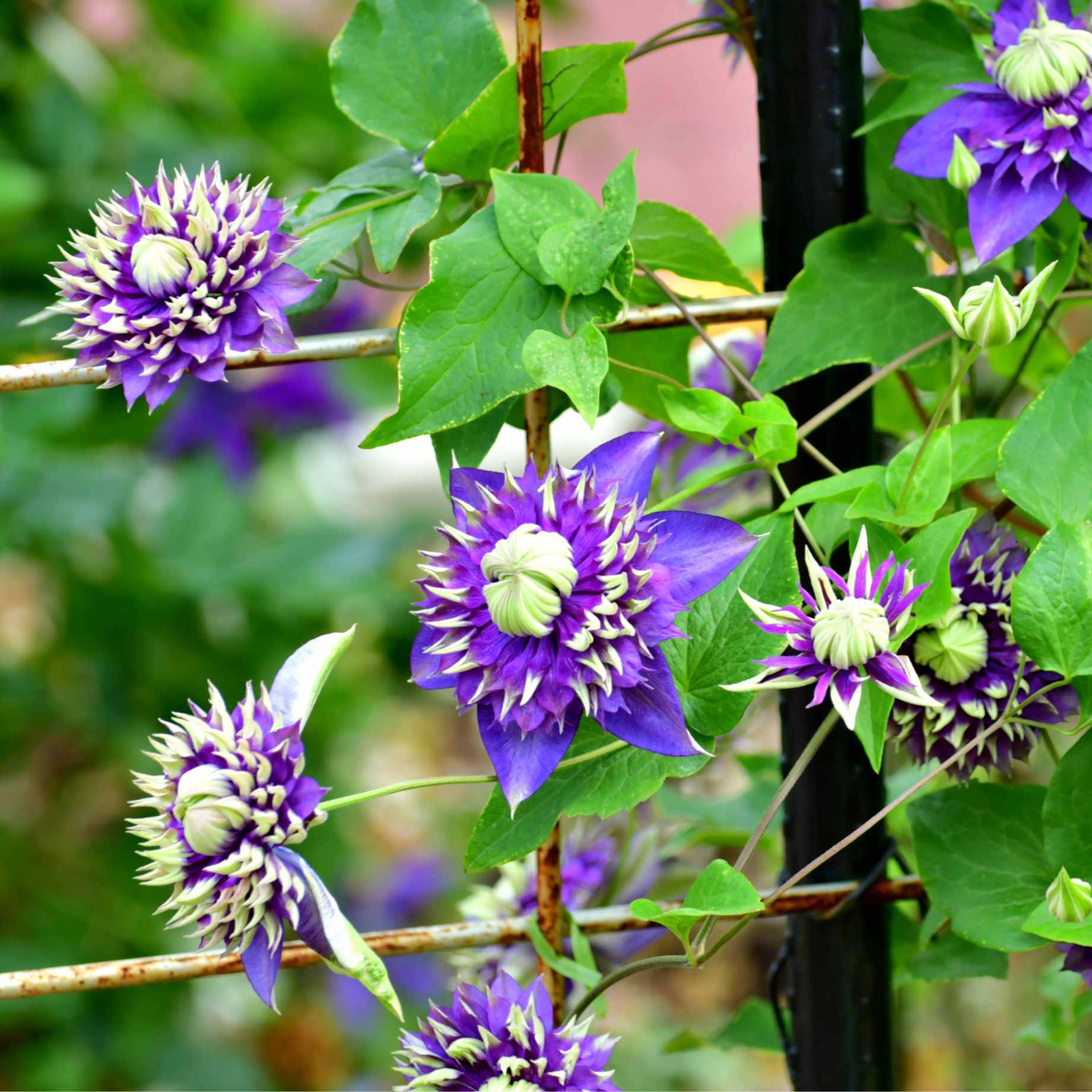Key features
Final size2.5 x 2.5 metres in 20 years
FoliageGreen leaves turn fiery colours in autumn (deciduous)
FlowersPink/white flowers in spring
SoilMost soils except extremes
Description
Prunus nipponica kurilensis ‘Brilliant’ is a small, bushy tree offering eye-catching, pink/white, single flowers that appear in April and are very popular with bees. Rusty-bronze foliage appears in the spring decorating the chestnut brown branches. The leaves of this dwarf flowering cherry tree are coarsely serrated and mid-green before turning orange and red in autumn.
This Japanese Alpine Cherry, as it is more commonly known, is tolerant of most situations, including pollution but it’s best to avoid very damp or shallow, chalky sites. An ideal ornamental tree for a smaller garden, Prunus ‘Brilliant’ will grow to an estimated height and spread of about 2.5 x 2.5 metres in 20 years.
AKA Japanese alpine cherry tree, Dwarf Japanese cherry tree, Kurile cherry ‘Brilliant’, Prunus ‘Brilliant’, Prunus nipponica ‘Brilliant’,
Planting Steps
1Preparation
- Pot-grown plants can be planted at any time of year, whereas bare roots need to be planted between November and March.
- Clear weeds and grass within a metre of the planting hole.
- Dig a hole as deep as the root mass and twice as wide.
- To help your plant establish more effectively, sprinkle Rootgrow in the hole.
2Planting
- Gently loosen the roots and place into the planting hole.
- Ensure the top of the plant’s compost is flush with the level of the surrounding soil and the graft union or collar of the tree is above ground level.
- Mix 50% of the original soil with 50% compost.
- Fill in the hole, firming the soil gently.
3Last Steps
- Water generously around the base of the plant.
- If you are planting either a single stem tree or mature standard tree, we recommend adding a staking kit and rabbit guard.
Aftercare Advice
Flowering Cherry trees require a good watering regime for a couple of years whilst they establish. Water well and regularly through spring and summer, increasing in hot or dry weather. If planting in autumn, you may only need to water a little. It is advisable to keep the area free of competing weeds and grass during this period.
It is beneficial to carry out formative pruning for the first few years by creating a balanced branch framework and removing badly placed shoots. After two to three years, you will only need to remove any damaged or unwanted branches. On top grafted forms, very occasionally the grafted stem may produce shoots and these should be pruned back. The best time of year to prune Cherry Blossom trees is straight after flowering.
For more detailed advice and video guides, please visit our Help & Advice section.


